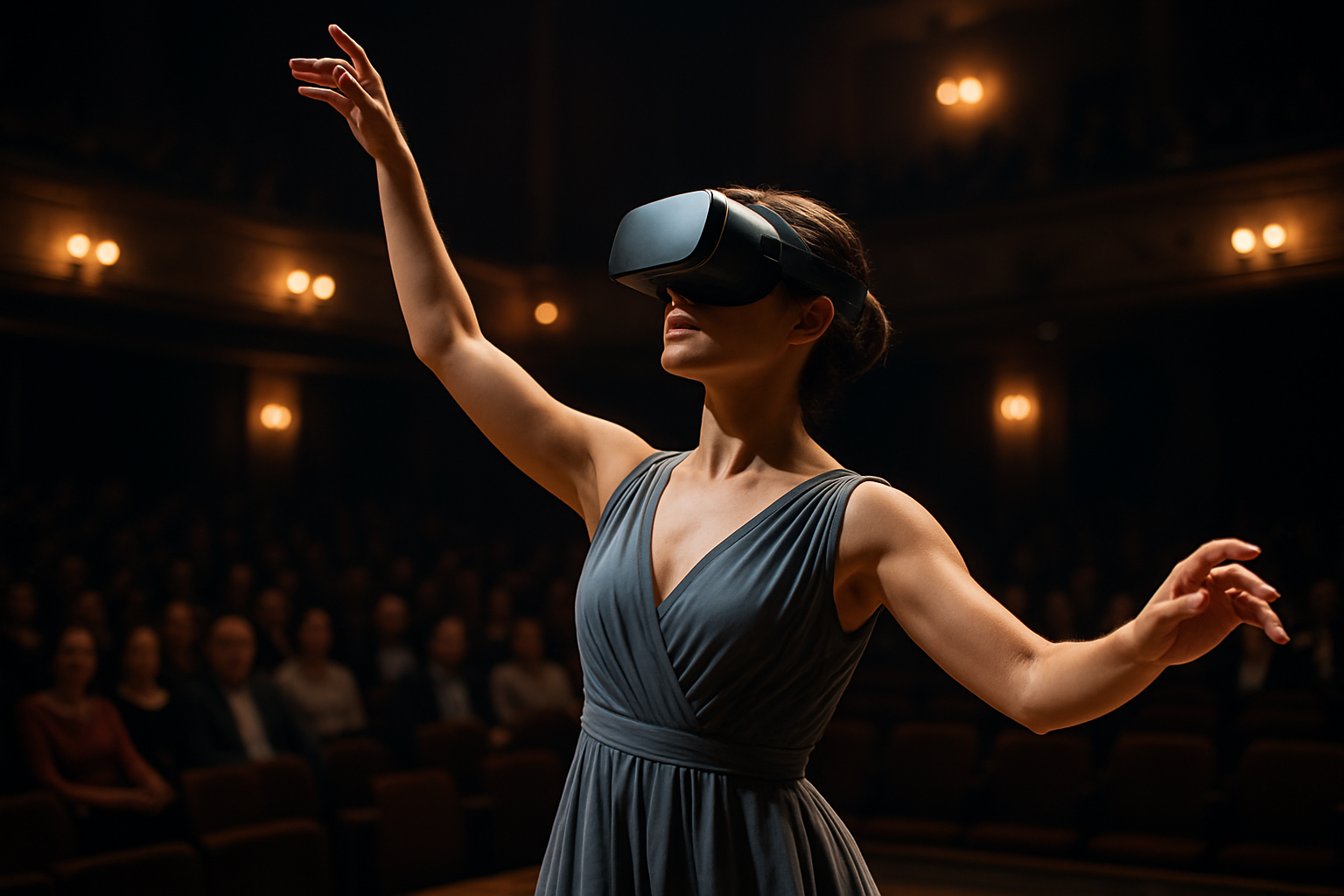Holographic Stage Design: Theater's New Frontier
In the ever-evolving landscape of theatrical production, a groundbreaking technology is reshaping the way audiences experience live performances. Holographic stage design, once the stuff of science fiction, has emerged as a powerful tool in the hands of innovative directors and set designers. This cutting-edge approach melds traditional stagecraft with advanced projection techniques, creating immersive environments that blur the line between reality and illusion. As theaters around the world grapple with the challenge of attracting new audiences, holographic design offers a fresh avenue for artistic expression and audience engagement.

Breaking the Fourth Wall
Holographic stage design fundamentally alters the relationship between the audience and the performance space. By projecting three-dimensional images that appear to float in mid-air, designers can create scenery that seamlessly integrates with live actors. This technique not only expands the physical limitations of the stage but also allows for dynamic scene changes that would be impossible with traditional sets. The result is a more fluid and immersive storytelling experience that captivates audiences in new and unexpected ways.
Technological Challenges and Innovations
Implementing holographic technology in live theater presents unique challenges. The need for precise lighting control, specialized projection surfaces, and real-time rendering capabilities has spurred rapid innovation in the field. Companies specializing in theatrical holograms have developed proprietary systems that can adapt to the unpredictable nature of live performance. These systems often incorporate AI-driven software that can adjust projections on the fly, ensuring that holographic elements remain in sync with the actors and other stage elements.
Artistic Implications and Creative Possibilities
For directors and designers, holographic stage design opens up a world of creative possibilities. Productions can now incorporate fantastical elements that would be impossible to achieve with physical props alone. Historical dramas can recreate entire cityscapes with stunning accuracy, while abstract pieces can manifest surreal landscapes that shift and transform throughout the performance. This technology also allows for more intimate and nuanced storytelling, as subtle visual cues can be woven into the fabric of the production to enhance character development and plot progression.
The Future of Theater in a Digital Age
As holographic stage design continues to evolve, it raises important questions about the future of theater in an increasingly digital world. While some traditionalists argue that such technology detracts from the raw immediacy of live performance, proponents see it as a natural evolution of the art form. By embracing these new tools, theaters have the opportunity to attract younger, tech-savvy audiences while still preserving the essence of live storytelling. The challenge lies in finding the right balance between technological spectacle and the human element that has always been at the heart of theater.
Economic Considerations and Accessibility
The adoption of holographic technology in theater comes with significant financial implications. The initial investment in equipment and training can be substantial, potentially putting it out of reach for smaller theaters and community productions. However, as the technology becomes more widespread, costs are likely to decrease, making it more accessible to a broader range of venues. Additionally, the potential for increased ticket sales and extended run times may offset the initial expenses, making holographic productions financially viable in the long term.
Critical Reception and Audience Response
Early productions featuring holographic elements have garnered mixed reviews from critics and audiences alike. While many praise the visual spectacle and innovative storytelling possibilities, others express concern about the technology overshadowing the performances. As with any new artistic medium, it will take time for both creators and viewers to fully adapt to and appreciate the nuances of holographic design. However, early box office numbers suggest a strong public interest in these technologically enhanced productions, indicating a promising future for the medium.
In conclusion, holographic stage design represents a paradigm shift in theatrical production, offering new ways to captivate audiences and tell stories. As the technology continues to mature and artists become more adept at integrating it into their work, we can expect to see increasingly sophisticated and emotionally resonant productions. While challenges remain, the potential for holographic design to revitalize and expand the reach of live theater is undeniable. As we stand on the cusp of this new era in stagecraft, one thing is certain: the theater of tomorrow will be a far cry from the static sets of yesteryear, promising audiences an ever more magical and immersive experience.





